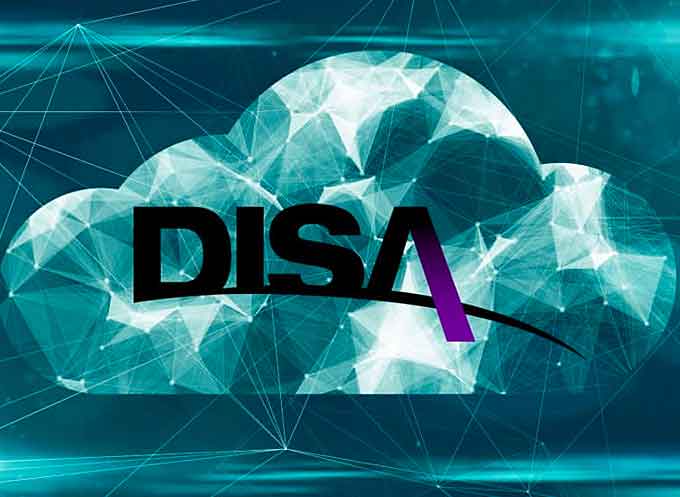
By Jared Serbu, Federal News Radio
The Pentagon has ordered Defense organizations that operate more than 100 of its data centers to begin migrating their applications to milCloud 2.0, the new on-premises commercial cloud service managed by the Defense Information Systems Agency.
In a May 3 memo, signed by then-DoD Chief Information Officer Essye Miller, the department listed a total of 105 data centers that will be affected by the mandate.
Each are operated by DoD “fourth estate” agencies, including the Defense Logistics Agency, the Defense Finance Accounting Service, the Defense Health Agency, DARPA and the Joint Chiefs of Staff.
(milCloud® 2.0, Powered by CSRA, connects commercial cloud service offerings to DoD networks in a private deployment model to provide DISA mission partners the latest cloud technology at competitive prices without compromising performance. milCloud 2.0 enables government organizations to consolidate infrastructure while improving continuity of operations while CSRA focuses on improved service, enhanced security, and unmatched value. Courtesy of CSRA and YouTube. Posted on Feb 12, 2018)
According to the directive, which was first reported by NextGov, Defense agencies have until March 2019 to move systems that have already been virtualized into milCloud.
The rest of the workloads have a later deadline, September 2020, in order to give their operators time to get them “cloud ready.”
The mandate also applies to systems that are already hosted in DISA data centers, but are in legacy environments that are not part of milCloud.

Heather Babb, a Pentagon spokeswoman, framed the wave of milCloud migrations as part of Defense Secretary James Mattis’ business reform initiative.
“DoD is committed to providing the warfighter with an information environment that transforms data into actionable information rapidly and efficiently,” she said in a statement to Federal News Radio.
“That’s why we are accelerating the optimization of DoD’s information technology infrastructure with a focus on cloud adoption and data center consolidation as part of DoD’s reform activities.”
“The DoD CIO has directed fourth estate systems to migrate to milCloud 2.0 with the outcome of reducing the Department’s data center footprint and streamlining data center infrastructure.”
(Learn More about milCloud® 2.0 Services. Courtesy of GDIT Communications and Vimeo. Posted in April 2018)
milCloud 2.0 is the contractor-operated follow on to DISA’s original cloud offering, which is operated largely by government personnel.
The 2.0 edition, run within DISA’s data centers by General Dynamics Information Technology, first came online in February and is beginning to onboard “early adopters.”
DISA, which has also ordered that all of its own internal applications migrate to milCloud 2.0, says the new service differs from the original version in several key ways, including how the agency bills DoD customers for its services.

It uses a pay-per-use model similar to the ones used by commercial cloud providers, and that DISA says will be cost-competitive with those same providers.
“And transparency was another big goal for us in this iteration,” said Caroline Bean, DISA’s milCloud program manager, in an interview with Federal News Radio.
“Mission partners are able to view the health and utilization metrics of their virtual environment in near real-time, and program managers have the capability to monitor their funding utilization from the milCloud 2.0 business portal.”
“So these self management tools and reports allow the application owners to make informed decisions about their programs’ utilization and funding all in near real time.”
The agency also expects the new version of milCloud to be approximately 70 percent less expensive than the original offering, Bean said.
“Since it’s a commercial service provider that operates and owns the infrastructure, the government is actually able to take advantage of the economies of scale and benefit from the efficiencies that industry has, since they’re running the cloud operations for us,” she said.
“The second reason it’s less expensive is because the infrastructure utilizes open source software, which means you don’t have the additional licensing costs required to run the capability.”
“So essentially we’re able to pass those savings onto our mission partners as well.”
(Learn More. See the milCloud® 2.0 Value Proposition. Courtesy of GDIT Communications and Vimeo. Posted in April 2018)
















